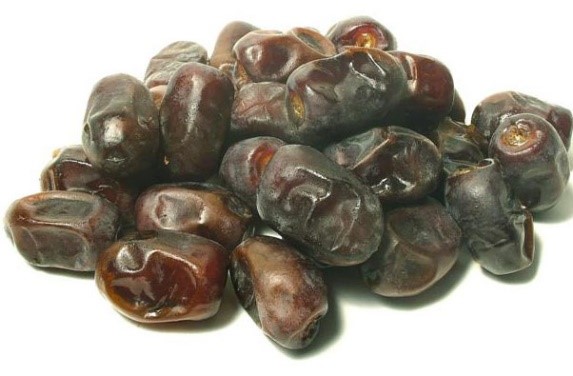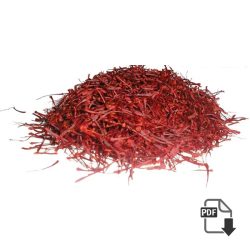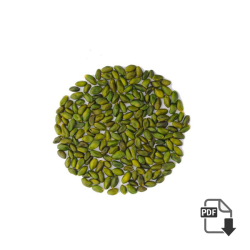Saffron Medicinal use
Saffron Medicinal use : Saffron’s traditional folkloric uses as an herbal medicine are legendary. It has been used for its carminative and emmenagogic properties, for example. Iranian used saffron to treat respiratory infections and disorders such as coughs and common colds,smallpox, cancer, hypoxia, and asthma. Other targets included blood disorders, insomnia, paralysis, heart diseases, flatulence, stomach upsets and disorders, gout, chronic uterine haemorrhage, dysmorrhea, amenorrhea, baby colic, and eye disorders.
Please for more information or any inquiry click here ……
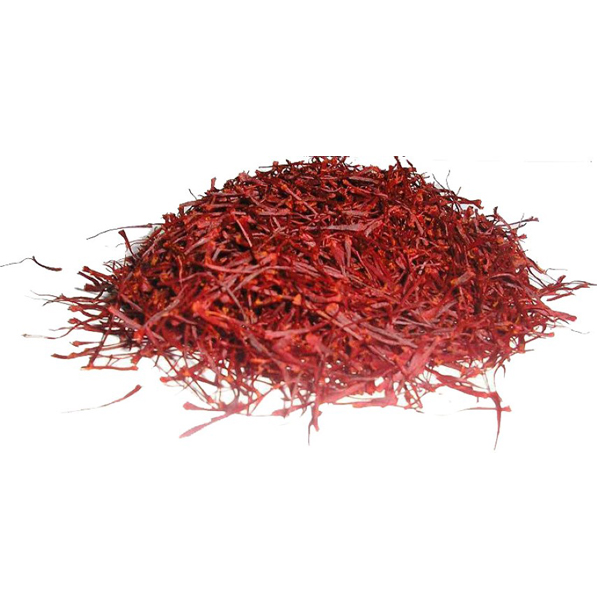
For ancient Persians, saffron was also an aphrodisiac, a general-use antidote against poisoning, a digestive stimulant, and a tonic for dysentery and measles.
Saffron’s arytenoids have been shown in scientific studies to have ant carcinogenic (cancer-suppressing), anti-mutagenic (mutation-preventing), and immune-modulating properties.
The active ingredient behind these effects has been identified as dimethyl-crocetin. This compound counters a wide spectrum of both murine tumours as well as human leukaemia cancer cell lines.
Saffron extract also delays ascites tumour growth, delays papilla carcinogenesis, inhibited squalors cell carcinoma, and decreases the incidence of soft tissue sarcoma in treated mice.
Researcher’s theories that such anticancer activity can be best attributed to dimethyl-crocetin’s disruption of the DNA-binding ability of proteins, as shown in Thymidine-uptake studies.
Specifically, the DNA-binding ability of enzymes known as type II topoisomerases within cancer cells is inhibited.] Thus, the malignant cells are unable to synthesize or replicate their own DNA.
Saffron’s pharmacological effects on malignant tumours have been documented in studies done both in vitro and in vivo. For example, saffron extends the lives of mice that are intraperitoneally impregnated with transplanted sarcomas, namely, samples of S-180, Dalton’s lymphoma ascites (DLA), and Ehrlich ascites carcinoma (EAC) tumours.
Researchers followed this by orally administering 200 mg of saffron extract per each kg of mouse body weight. As a result the life spans of the tumour-bearing mice were extended to 111.0%, 83.5%, and 112.5%, respectively, in relation to baseline spans.
Researchers also discovered that saffron extract exhibits cytotoxicity in relation to DLA, EAC, P38B, and S-180 tumour cell lines cultured in vitro. Thus, saffron has shown promise as a new and alternative treatment for a variety of cancers.
Besides wound-healing and anticancer properties, saffron is also an antioxidant. This means that, as an “anti-aging” agent, it neutralises free radicals. Specifically, methanol extractions of saffron neutralise at high rates the DPPH (IUPAC nomenclature: 1,1-diphenyl-2-picrylhydrazyl) radicals.
This occurred via vigorous proton donation to DPPH by two of saffron’s active agents, safranal and crocin. Thus, at concentrations of 500 and 1000 ppm, crocin studies showed neutralisation of 50% and 65% of radicals, respectively. Safranal displayed a lesser rate of radical neutralisation than crocin, however.
Such properties give saffron extracts promise as an ingredient for use as an antioxidant in pharmaceuticals, cosmetics, and as a food supplement. Ingested at high enough doses, however, saffron is lethal. Several studies done on lab animals have shown that saffron’s LD50 (semi-lethal dose, or the dose at which 50% of test animals die from overdose) is 20.7 g/kg when delivered via a decoction.
Please for more information or any inquiry click here ……
All Type Of Saffron
-
Saffron Powder Special price + analysis + sale offer
Saffron Powder is not a kind of saffron such as Negin or Pushal. It is a form of saffron, which producers make from grinding the saffron threads in the industrial scope. The final product color is slightly lighter than the…
-
bunch saffron Special wholesale price + analysis + sale offer
Bunch Saffron has different names, such as Dasteh Saffron or Dokhtar Pich Saffron (Dochtar Pitsch Saffron, or Dokhtar Saffron). Dasteh Saffron is the complete stigma (filament) of saffron in bundles. In other words, it contains the stigma with the whole…
-
mancha saffron ( Pushal ) Special wholesale price + analysis + sale offer
Mancha Saffron is the stigma part. Since in Pushal is not cut like Allred during production so the complete red-colored parts are maintained along with a little bit of the orange-colored threads. All the three stigma threads are attached like…
-
Sargol Saffron | most economical saffron for import
Sargol Saffron | most economical saffron for import : sargol saffron consists only of Dark Red Stigma (thread) Tips. So. in other words all the white and orange parts are removed. This saffron is the second most expensive type of…
-
all red saffron | super negin saffron Special price + analysis + sale offer
All Red Saffron | Super Negin Saffron | Best Iranian Saffron : Negin Saffron is the most expensive type of Saffron because it has the highest quality compared to other types. When three stigma threads are attached together we call…

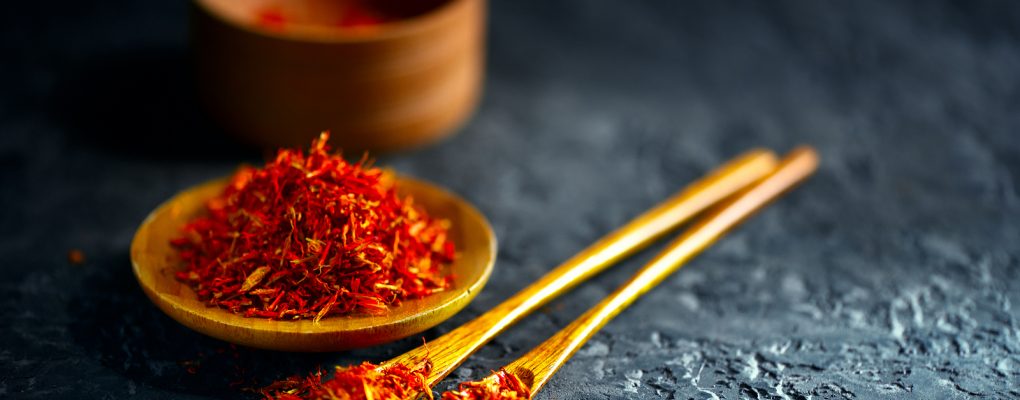
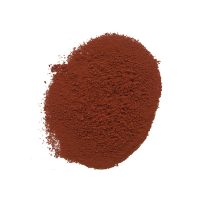
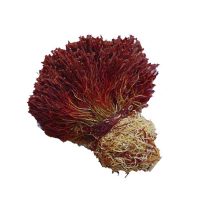
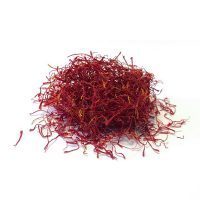
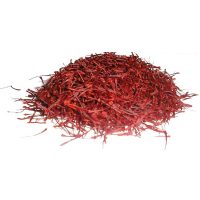
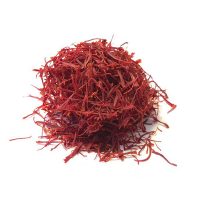
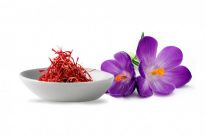
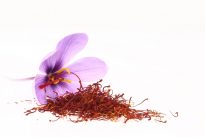

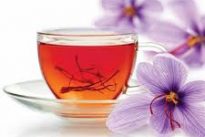
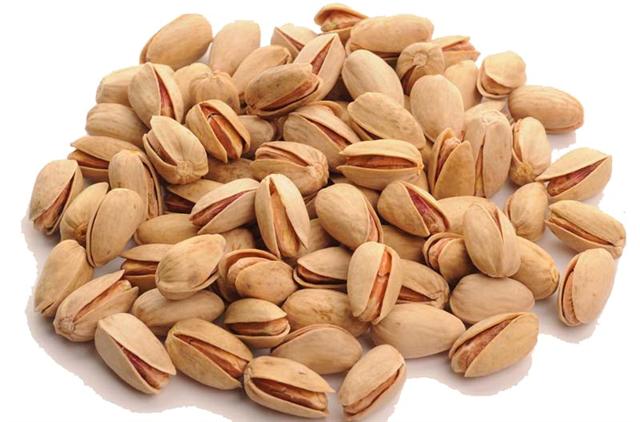
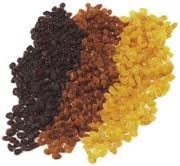 3 kind raisin
3 kind raisin 